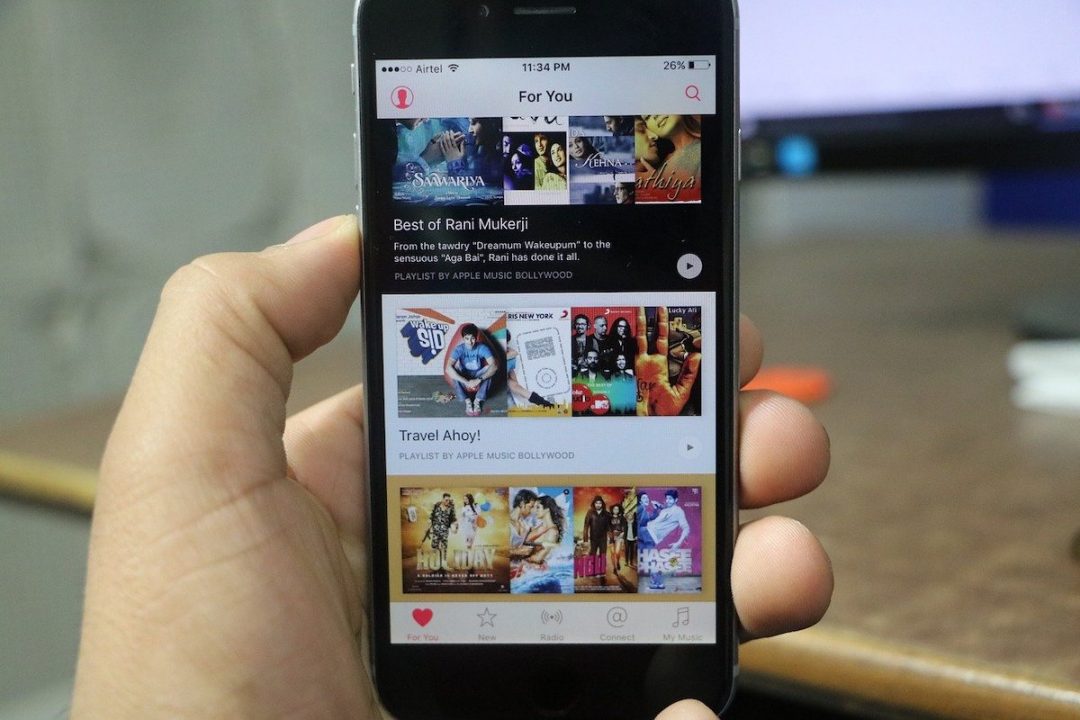Before making albums in people’s bedroom was the norm, record deals were the only way to get your music out there. A label provided the budget for recording, marketing, printing, and distributing copies of an album to consumers. Today, digital music distribution has put some of the power back into artists’ hands.
The easiest way for an independent musician to have their music heard in 2023 is through distribution services.
Digital Music Distribution in 2023
Big streaming services and online retailers don’t take direct submissions from artists. These are companies like Spotify, Tidal, Apple Music, Amazon, and more. These giant corporations instead deal with distributors.
In 2023, getting onboard with an online distributor is easier than getting a record deal. Literally anyone who wants to release music can do it. All you have to do with services like Distrokid, CDBaby, or TuneCore is sign up. These aggregators upload your music to streaming services and online retailers. For a fee, they’ll do all the distribution legwork for DIY musicians.
- Related: DistroKid vs. TuneCore vs. CD Baby
Luckily, they don’t claim any rights to your music, so you can 100% safely retain 100% of your work.
How Does Distribution Work?
Distributors like to flex that your music will go to over 100 different outlets. How many are people realistically using? How many are you using? It’s probably not more than one or two, with Spotify or Apple Music dominating. Remember that just because a company can upload to 100+ obscure outlets doesn’t mean your music will be heard. You can trust, however, that it will at least make it to the primary sources consumers use.
You’ll also want to be aware of how fast distributors upload your stuff. Some have a super quick turnaround of 24 hours or less, and others may take 5+ business days. Therefore, depending on who you choose to distribute your work, you’ll have to plan promotion around their timing.
How Do Distributors Charge?
The biggest difference between digital music distribution services is how they charge. Some companies (like Distrokid, for instance) have an annual fee. Normally you’ll see this fee divided into several tiers based on how many songs you release. I’ll make up numbers, but it could be $20 for up to 10 songs per year, $35 for up to 20 songs per year, and so forth. There’s likely to be an unlimited option too if you put out a ton of music regularly.
Others go for a one-time fee approach per upload. Rates will vary depending on the type of content, i.e., singles, EPs, or full-length albums.
On another hand, some distributors don’t charge any fees upfront. They’ll instead take a portion of any profits you generate. Distributors aren’t asking for a percentage of the rights to your content, but some will charge a commission instead of taking a flat fee.
- Related: How to Make Money in Music, How to Make an EPK
Distributors’ Admin Duties
Another thing that digital music distribution companies handle is some of the legal/administrative duties a record label or publishing company would.
Independent artists likely aren’t aware of the complicated legalities involved with releasing certain types of music. Namely, cover songs require artists to obtain a mechanical license which pays royalties to the original artist through publishers and performing rights organizations.
I’m not a lawyer, so I’ll refrain from getting deep into copyright law. But if you want to use another artist’s property, you must license it from the copyright owner.
A huge benefit of using digital music distributors is that some acquire mechanical licenses for your cover songs for you. Of course, they’ll understandably charge a bit extra for this service. Some distributors who don’t offer this service just won’t release cover songs at all. This could honestly save you potential headache if your cover is flagged for copyright infringement.
However, you can still distribute music through different companies. You can use one for your original stuff, and another for your covers.
Payment Collection
One of the main services digital music distribution companies provide — besides getting your music out there — is collecting money and paying you for your music sales.
It’s always a good idea to get yourself involved with a performing rights organization like ASCAP or BMI for royalty collection, but distributors can do much of the collection for you.
Online distributors also allow you to fill in multiple people who should be receiving payment, including their percentage. If there’s more than one songwriter, for example, you can list each individual and how many points they’ll receive on each sale. In most cases, they will need to be signed up with whichever distribution service you’re using as well.
This minimizes the possibility of money disagreements as long as everything has been agreed upon prior to entry in the distribution system.
What’s the best digital music distribution service?
Well…there isn’t one. Only the one that’s best for you. The aforementioned CDBaby and TuneCore are the veterans of this style of music distribution. They’ve been doing it a long time and are very reputable. Distrokid came shortly after them, and is equally reliable.
Other newer services like LANDR are popping up all over the place. LANDR is best known for their online mastering, but it made sense for them to incorporate some sort of distribution plan for music being mastered by their program.
Amuse.io is another relative newcomer who offers a very enticing free distribution program in addition to a paid yearly subscription service.
iMusician is great and flexible, offering a bunch of different options pricing options depending on needs.
It’s definitely a lot of information to consider with so many digital music distribution options out there. There really isn’t one ‘best,’ so don’t hesitate to do a bit of independent research before settling on the service that’s right for you!
